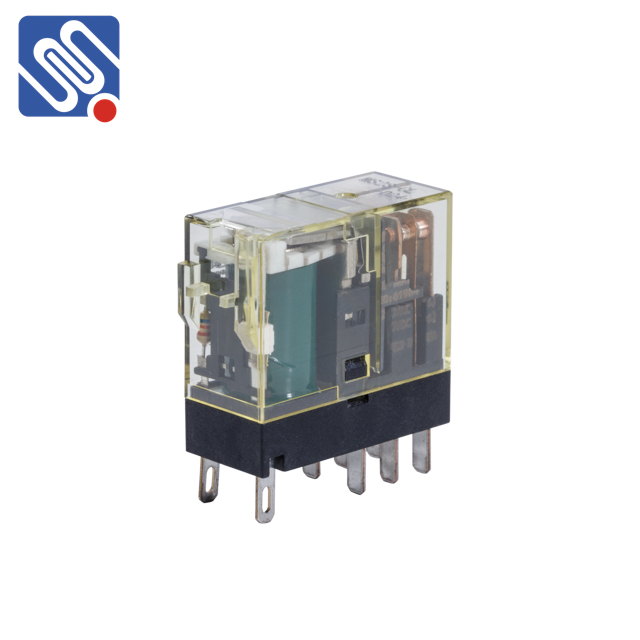relay type selection: a comprehensive guide
Release time:2025-04-19 05:30:14
In the realm of electrical engineering, relay type selection is a critical process that can significantly influence the performance and reliability of a circuit. Relays serve as crucial components in various applications, enabling control of high-power circuits with low-power signals. When selecting a relay, it's essential to consider several factors to ensure optimal functionality. In this article, we will explore the key aspects of relay type selection, emphasizing the innovative and versatile capabilities of Meishuo relays.

Understanding Relay Types
Relays come in many different types, each designed to serve specific purposes. Some common types include electromagnetic relays, solid-state relays, and reed relays. Electromagnetic relays operate by using an electromagnet to open or close contacts, achieving a reliable switching action. Solid-state relays, on the other hand, use semiconductor devices to perform the switching function, offering benefits such as no moving parts, faster switching speeds, and increased durability. Reed relays consist of thin metal reeds enclosed in a glass tube that close when subjected to a magnetic field. The selection of a particular relay type hinges on the operational demands of the application.


